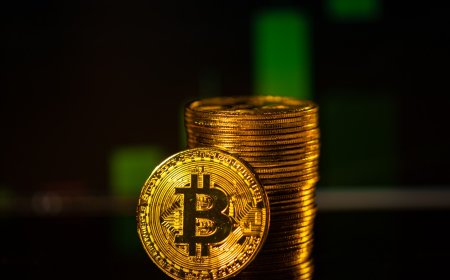
Markets
Pro-Crypto Pierre Poilievre Emerges as Favorito to Succeed Trudeau
Guardians of Crypt... Jan 7, 2025 0 13

Crypto News
Crypto Industry Eyes New Era as Top Federal Reserve Regulator Resigns
Guardians of Crypt... Jan 7, 2025 0 12







































